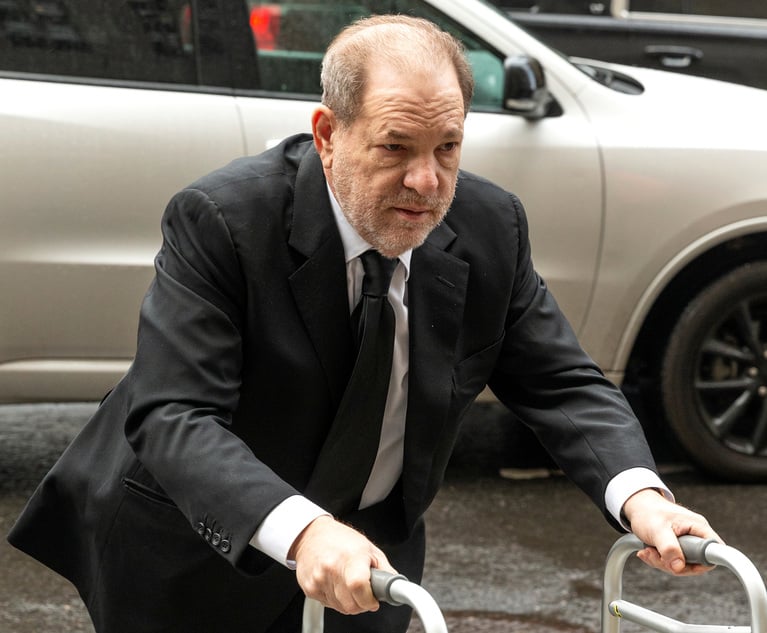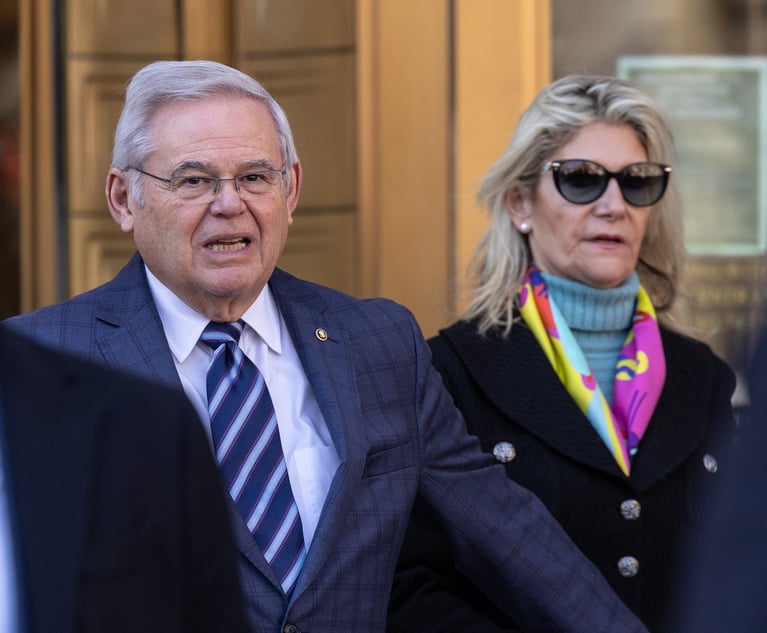Section 10(b) of the Securities Exchange Act became law in 1934, and Rule 10b-5 was promulgated by the SEC in 1942, but it was not until the early 1960s, with Cady, Roberts & Co., 40 S.E.C. 907 (1961), that the modern law of insider trading began to develop. Since that time, the government has brought insider trading charges based almost exclusively on violations of Rule 10b-5. However, the verdict in a recent insider trading prosecution in the Southern District of New York suggests that the primacy of Rule 10b-5 in criminal insider trading prosecutions may be reconsidered.
In United States v. Blaszczak, 17-Cr.-357-LAK (May 24, 2017), a grand jury returned an indictment charging insider trading based on unlawful tips about prospective changes to health care reimbursement rates. As to each instance of unlawful trading, the indictment charged criminal violations of both Section 10(b) and Rule 10b-5 (15 U.S.C. § 78j) and 18 U.S.C. § 1348—a fraud statute enacted as part of the Sarbanes-Oxley Act of 2002. The jury returned a verdict of not guilty on the four Rule 10b-5 charges under Title 15, and guilty on the four fraud charges under Title 18—even though the charges grew out of the very same transactions.


 Elkan Abramowitz and Jonathan Sack
Elkan Abramowitz and Jonathan Sack




